Back to the Basics: How to Optimize Your Clean-in-Place System
A number of food manufacturing facilities have been utilizing clean-in-place (CIP) for years. It’s the method of cleaning processing equipment and piping without disassembling it. While most of us already know what CIP is, when was the last time you performed a thorough audit of your system?
Over the years, changes to the systems being cleaned may have caused the CIP system set-point ratios to change without notice to the operators — making it more out of whack than you may realize.
Continue Reading “Back to the Basics: How to Optimize Your Clean-in-Place System”



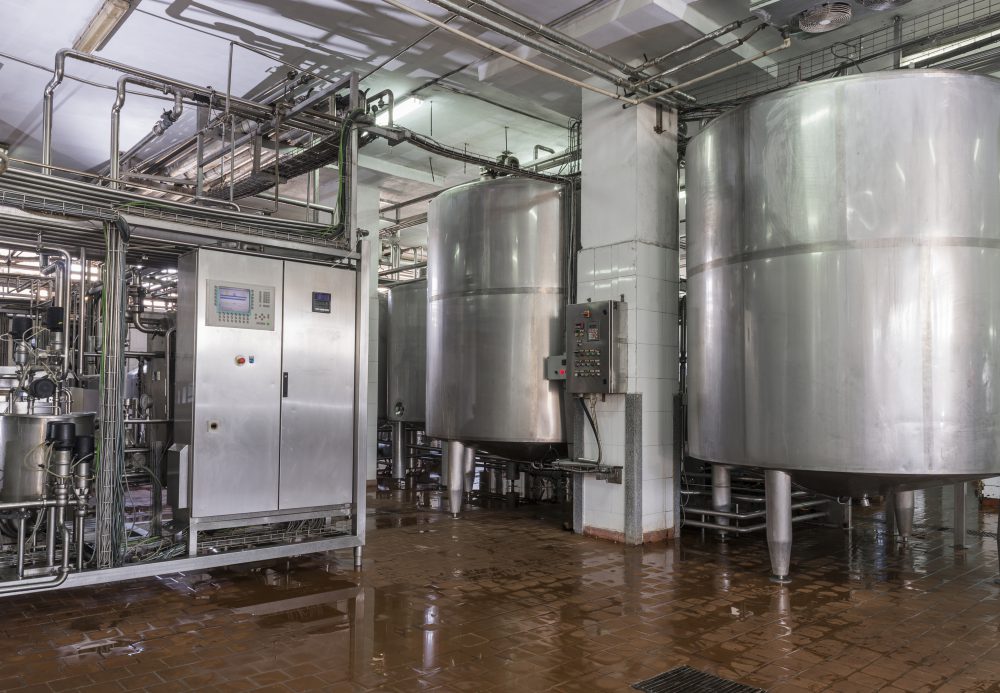
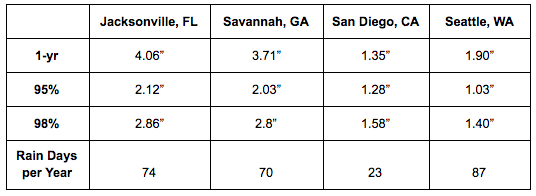
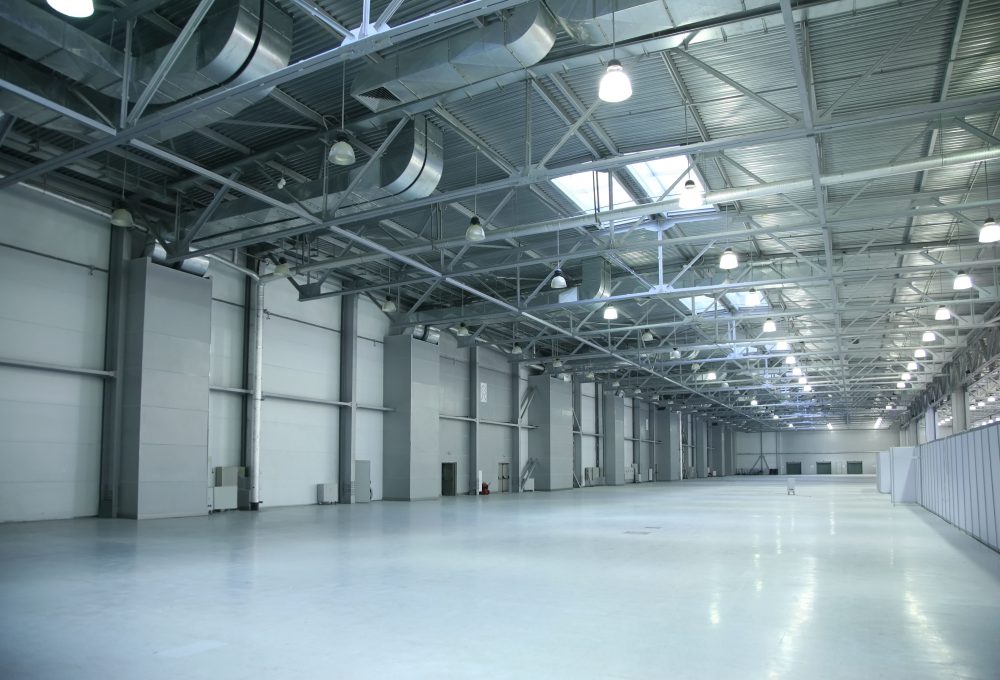

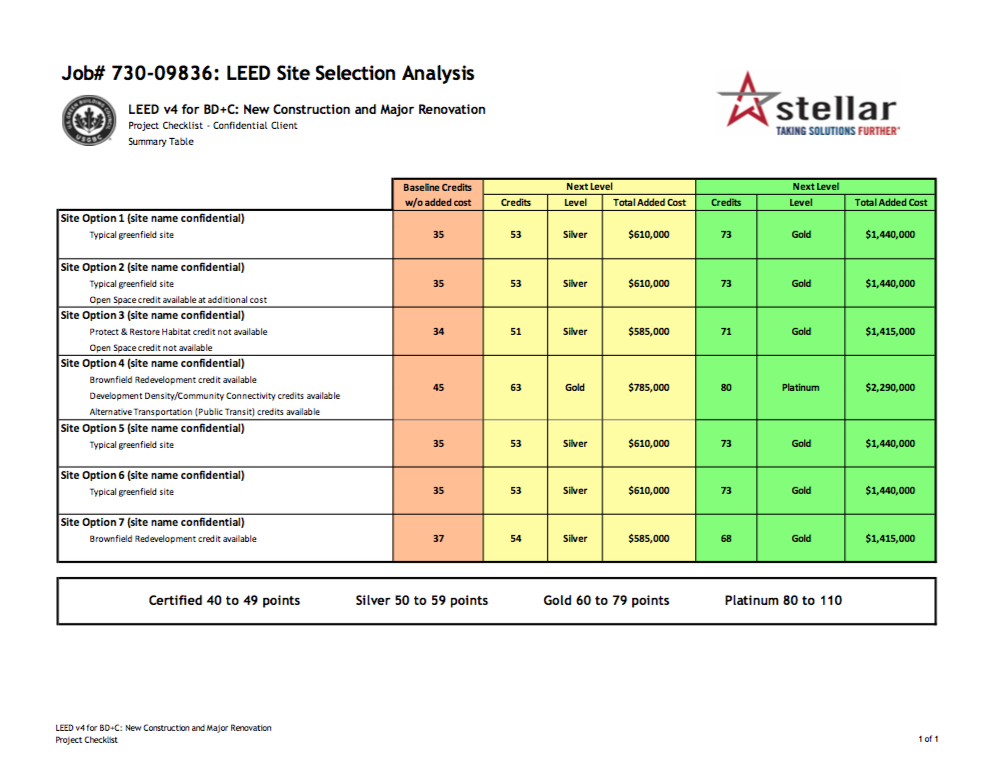

![[Infographic] 7 Best Practices for Gluten-Free Manufacturing](https://stellarfoodforthought.net/wp-content/uploads/2016/10/BREAD.png)

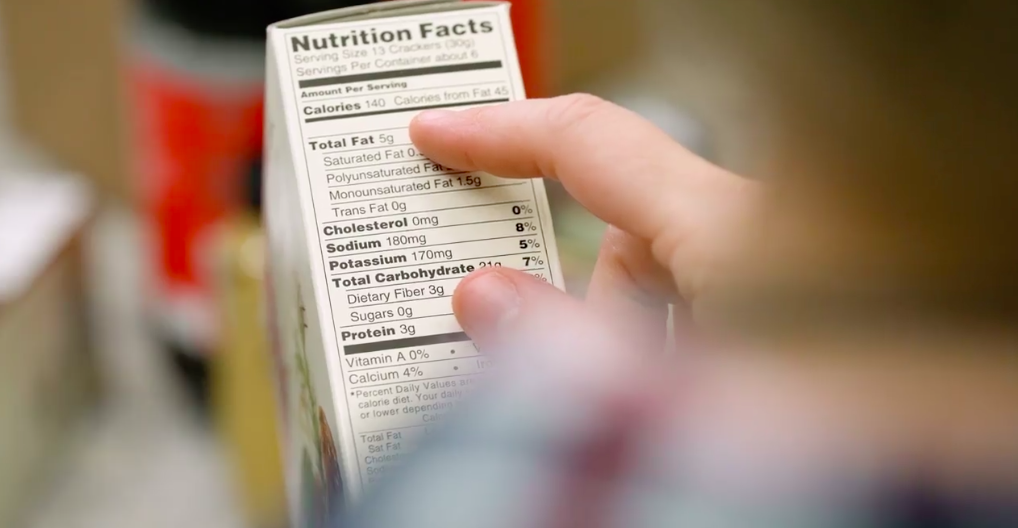
![[Infographic] Installing Packaged Refrigeration vs. Traditional Systems](https://stellarfoodforthought.net/wp-content/uploads/2018/02/Packaged-refrigeration.png)